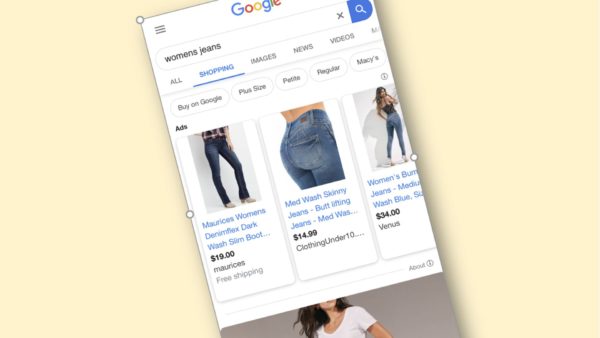ZATO Marketing’s Kirk Williams and Smarter Ecommerce’s Mike Ryan discuss when to use manual CPC, ECPC and max click bidding.
Google’s new organic Shopping listings have introduced more competition into its Shopping search results. To gain a visibility advantage, merchants can still opt to advertise their products on the platform. During our Google Shopping session of Live with Search Engine Land, Kirk Williams, owner of ZATO Marketing, and Mike Ryan, product management lead at Smarter Ecommerce, shared some of their bidding strategies for new Google Shopping campaigns.
“I always start with manual CPC; I try to just get things going at a certain specific bid, get some data and then we’ll go from there,” Williams said. Managing CPC manually enables merchants to allocate more of their budgets to the placements or keywords they’ve found to be most profitable.
“I definitely can recommend ECPC,” Ryan said, adding that ECPC bidding. Merchants can manually regulate bids while allowing Google make automatic adjustments for clicks that seem more or less likely to lead to a conversion. ECPC bidding uses auction-time signals like location, browser and time of day to optimize bids with respect to the context of each search.
Using maximize click bidding can complement brand campaigns. “That really is a good match for the max click strategy because we’re just saying, ‘Hey set a really high maximum CPC in there, and just go and get me all of the clicks because I want to make sure that we own them’,” Williams said, caveating, “We’ll avoid max clicks usually in a top-of-funnel-type campaign, because who knows what’s going on; we do need ROAS there, but that’s how we look at strategies.”
Why we care. Determining the right bidding strategy can enable merchants to reach their goals without spending more than they have to. And, by relying on automated bidding strategies when appropriate, merchants can spend less time managing the minutiae of their campaigns.


